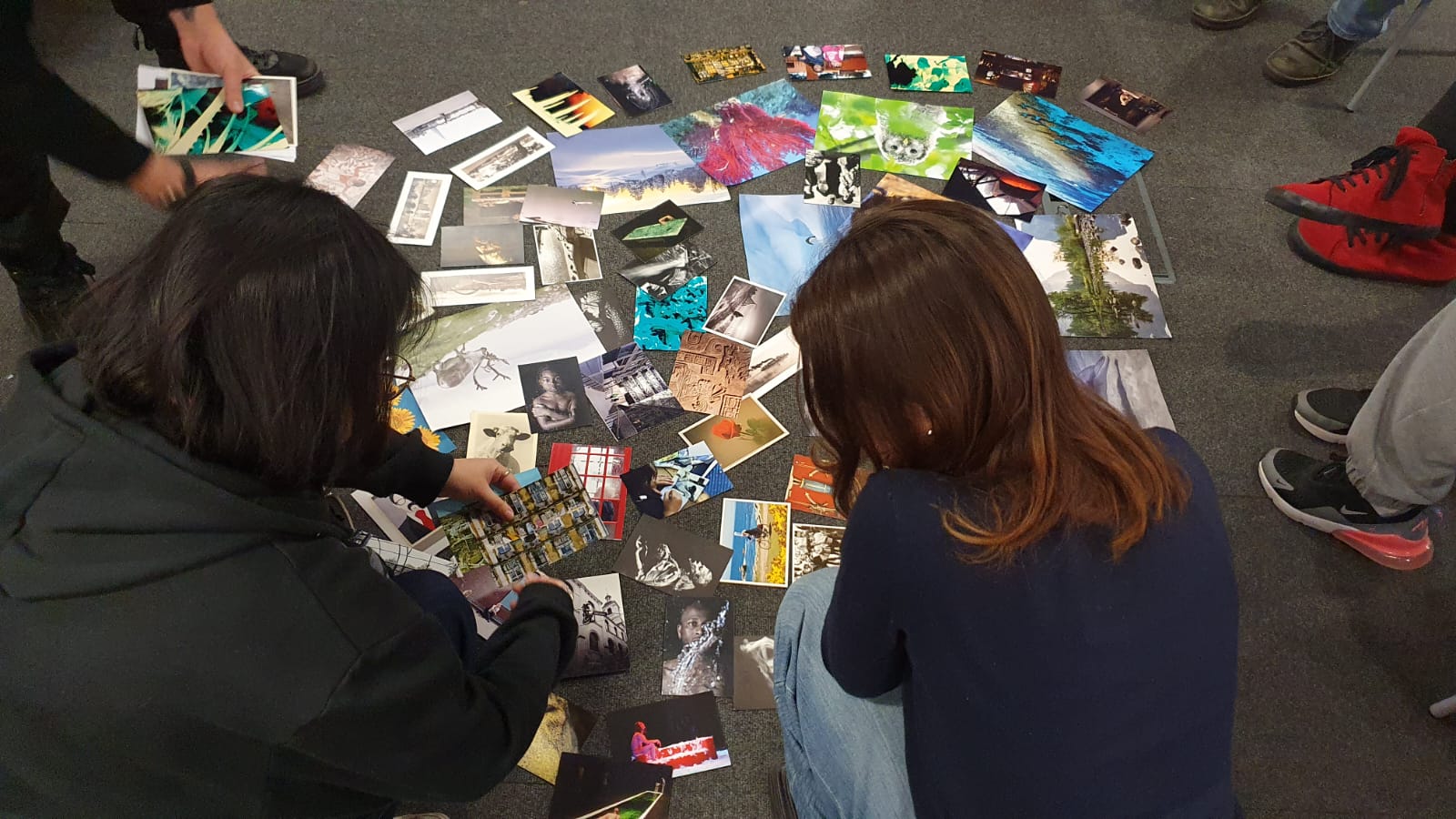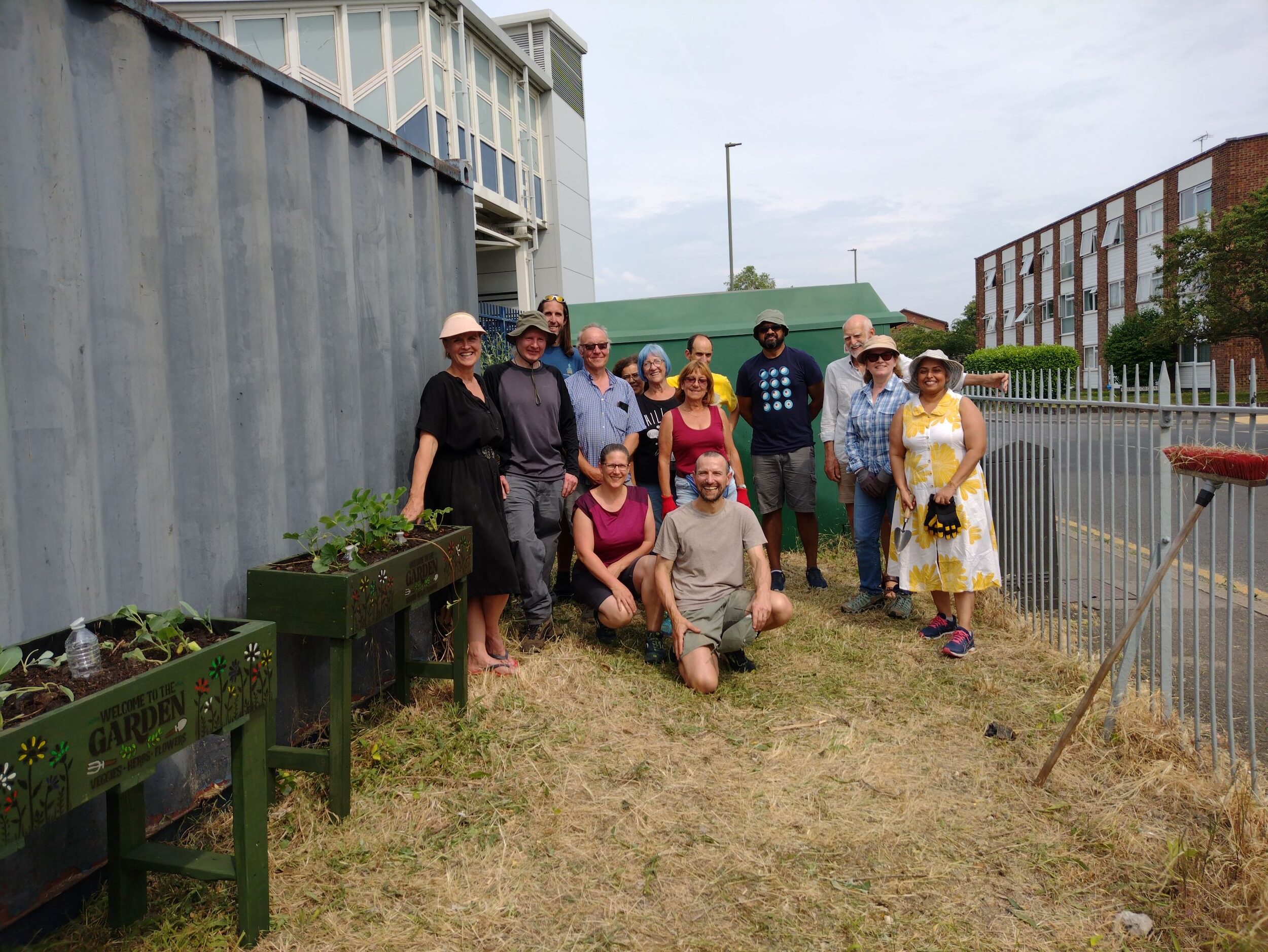In the Cobra Collective, we work on fire and we work on wetlands, but the FIRE-ADAPT Study Hub in Argentina was the first time we had looked at these two topics together in one geographical place.
The Study Hub took place in Santa Fé and Rosario on the Parana River, and the aim of the Study Hub was to highlight how the dynamic nature of the Parana influences the ecology of the wetlands and thus fire, and how local livelihood and commercial practices, of mostly cattle raising, use fire within this landscape. During the Study Hub, we visited a number of producers or ‘islanders’, from the small-scale subsistence level to the large-scale commercial level.
Small producers raised livestock mostly as a means of wealth/asset accumulation and applied fire with the help of family networks building on in-depth knowledge of their environment. Large producers were businesses, following market trends, employing others (sometimes small producers) to manage pastures with fire. With the growing number of cattle in the landscape and use of fire, conflicts with other land users and particularly urban populations were evident. In Rosario, we met with environmental groups that had been spurred into action during the Covid lockdowns when intense burning and smoke from the islands had enveloped the city, trapping residents in billowing clouds of smoke with no escape. The continued conflict and tensions between large producers and environmental groups was very clear, and it seemed that there were entrenched positions that would be difficult to reconcile.
On this point, we organised and facilitated a workshop with Study Hub participants on participatory video, and how it can be used to mediate dialogue in intercultural settings. It was a hands-on session, with the question “What does intercultural fire management mean to you?”. In groups, participants discussed, storyboarded, filmed and edited short films on this theme. After screening the films, we discussed some of the new insights we gained from the films, participatory video as an engagement technique, and the challenges of intercultural work.
On the final day of the Study Hub, we facilitated a wrapping up session asking “From your experience and learning during the Study Hub, what considerations and recommendations would you make for starting an Integrated Fire Management programme in Santa Fé?”. Key points that came up included the need for a deeper understanding of vegetation dynamics and collecting ecological data through more experimental plots, co-designing data collection with local fire users and/or through citizen science, and thinking about the spaces of participation and ways in which to build intercultural dialogue. Overall, it was a great focal point for learning about fire in the specific context of Santa Fé but it also gave the opportunity to exchange with experiences from other parts of South America and Europe, and across the social and natural sciences.
A visual summary of the Study Hub can be found here: https://vimeo.com/1134576931
Check out the short videos produced during the groups’ experiences with the participatory video technique: https://vimeo.com/1125034353



